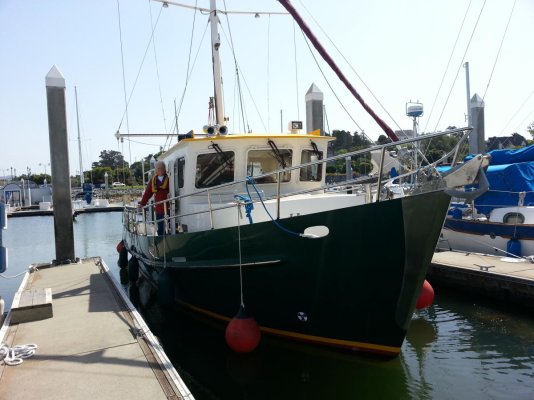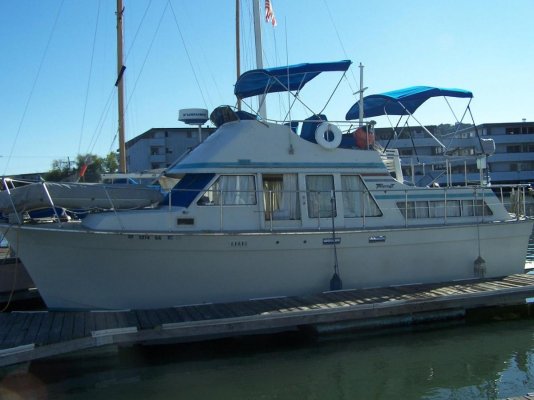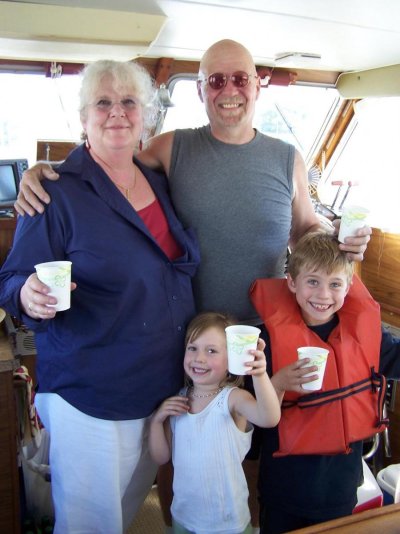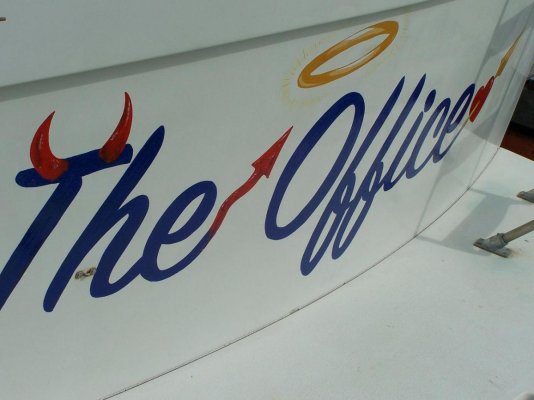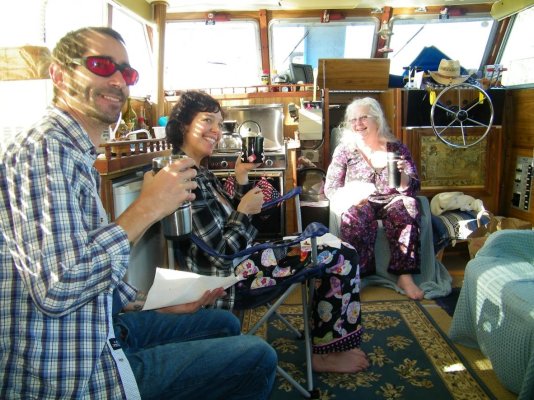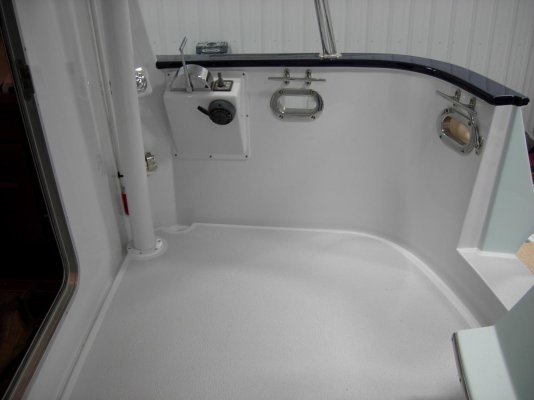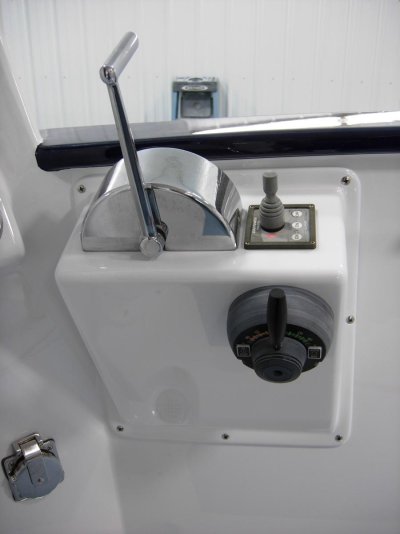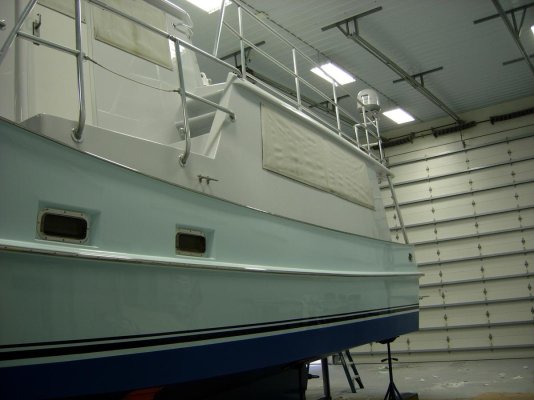Hi TF,
I can just about see retirement, and WOW does it look great!!
I am looking at doing the Loop, and taking some time in the Bahama's after coming around the keys.
Question: What type of boat in the 50-100k range would work if I am am going to be doing the majority of this solo? I have been looking @42' trawlers, but it seems that might be a little more boat than I can solo. The Mainship 35 looks OK and there are loads of them for sale. I have been boating for decades, but on smaller, single engine boats (Runabout,Pontoon). Is it a matter of just learning the boat? Has anyone done this solo? Seems like Docking, locks, etc might be an issue as I cannot line handle and navigate at the same time (unless I practice tossing dock lines out the window or off the flybridge.) Safety to myself and others must come 1st and I don't want more boat than can be used in a safe and responsible manner. Each boat is different, I know with the pontoons it is 2nd nature as I have decades of exp on them. Can the same be said with a 35-40 ft trawler, is it just a matter of time on the water with any particular boat?
A pontoon and a trawler, although both float, seem to be very different animals, the ability to have situational awareness on a pontoon is very easy as I have 360 degree open LOS, an 8.5 beam, and it weighs less than 4k lbs, and responds to inputs a lot faster than a 30k trawler would.
Looking for anyone that might have done solo looping on a trawler and what that experience was like.
Thx,
Len
I can just about see retirement, and WOW does it look great!!
I am looking at doing the Loop, and taking some time in the Bahama's after coming around the keys.
Question: What type of boat in the 50-100k range would work if I am am going to be doing the majority of this solo? I have been looking @42' trawlers, but it seems that might be a little more boat than I can solo. The Mainship 35 looks OK and there are loads of them for sale. I have been boating for decades, but on smaller, single engine boats (Runabout,Pontoon). Is it a matter of just learning the boat? Has anyone done this solo? Seems like Docking, locks, etc might be an issue as I cannot line handle and navigate at the same time (unless I practice tossing dock lines out the window or off the flybridge.) Safety to myself and others must come 1st and I don't want more boat than can be used in a safe and responsible manner. Each boat is different, I know with the pontoons it is 2nd nature as I have decades of exp on them. Can the same be said with a 35-40 ft trawler, is it just a matter of time on the water with any particular boat?
A pontoon and a trawler, although both float, seem to be very different animals, the ability to have situational awareness on a pontoon is very easy as I have 360 degree open LOS, an 8.5 beam, and it weighs less than 4k lbs, and responds to inputs a lot faster than a 30k trawler would.
Looking for anyone that might have done solo looping on a trawler and what that experience was like.
Thx,
Len



